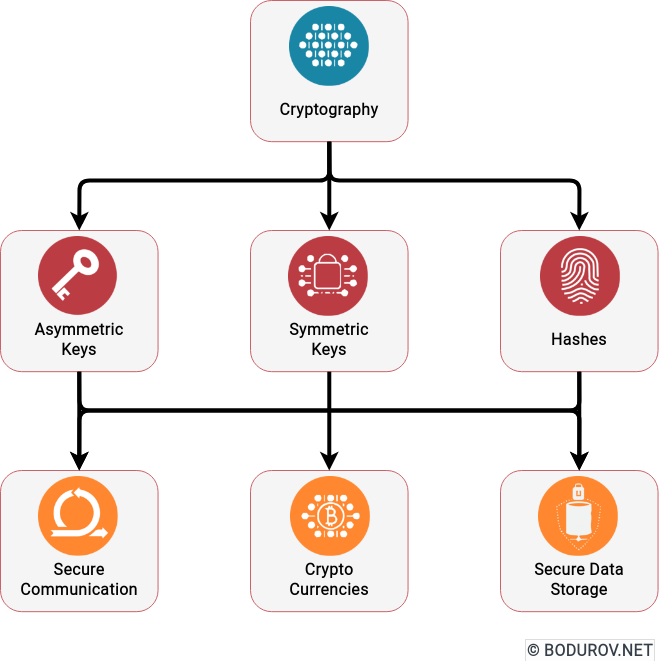One of the biggest cybersecurity threats for companies is internal attacks. To function correctly, companies need trust. You could have the best access control level system in the World, but this will not help you if your system administrator is compromised. Yes, multi-factor authentication and secret key split algorithms can help you mitigate part of these threats. However, they are not widely used. Most SMEs do not have the resources and knowledge to implement a proper access control system and thus are pretty vulnerable to inside attacks.

Following are some of the internal security attack vectors through which attackers can gain access to information;
- Information leakage: One of the most common and frequently used methods by cyber attackers is a simple leakage of information. Or, in other words, industrial espionage. Many employees could use this approach to avenge themselves.
- Illegal activities: A company must be aware of any illegal activities going in their system. Some organization members could use this approach to frame the company or use it as a proxy when hacking.
- Downloading malicious internet content: Most of the time, employees do not intentionally download malicious content; however, this happens. In both cases, a proper access control mechanism will mitigate or at least reduce the damage.
- Social engineering: One of the most common ways for attackers to gain access to a network is by exploiting the trusting nature of the company’s employees. An information awareness course could quickly mitigate this attack.
- Malicious cyberattacks: Technically proficient employees can use their system access to open back doors into computer systems or leave programs on the network to steal information and wreak havoc. The best protection against this sort of attack is monitoring employees closely and being alert for disgruntled employees who might abuse their positions. In addition, experts advise immediately canceling network access and passwords when employees leave the company to avoid remote access to the network in the future.
In conclusion, unfortunately, because of the enormous rift in the trust between employees and employers, internal attacks can become the new trend. Companies must be aware of that and do their best to implement proper access control systems. Access to resources must be given appropriately and audited for every organization member, no matter whether CEO or a utility person.




